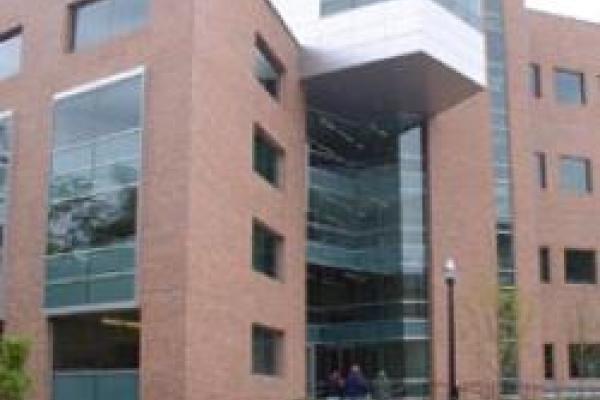
Directed Energy (DE) is a growing effort at the US Army Research Laboratory that is incorporating a wide range of disciplines to arrive a better understanding of the underlying science. Of particular relevance is the Energy Coupled to Matter (ECM) community that seeks to understand how different forms of intense electromagnetic energy affect materials, particularly in processing. This knowledge is critical to understanding how DE affects solid matter. DE research at ARL also includes studies of ultrashort pulse laser (USPL) interactions with matter, particularly for ablation and atmospheric propagation. Machining with USPLs, using a short focal length lens (≤ 25 cm), leaves precise ablation craters with minimal spall and a small heat affected zone. However, USPLs in the correct regime can undergo self-focusing that ionizes air molecules creating a plasma. A careful balance between the self-focusing, defocusing caused by the plasma, and losses can create a filament that can extend for many meters with minimal diffraction. The filament is characterized by having a confined intense laser pulse (less than 150 microns in diameter) surrounded by an energy reservoir with a trailing plasma column that can remain for nanoseconds after the initiating pulse. In addition, recent results demonstrated a thermal waveguiding effect can lead to quasi-steady state propagation with a laser repetition rate of 1 kHz or greater. We sought to examine how the added features of the filament affect ablation of metals, ceramics, composite and polymers. Our observations lead us to catalog a wide variety of microscopic features in the ablation area, called Laser-Induced Periodic Surface Structures (LIPSS). Filament–generated LIPSS were observed on a wide range of target surfaces at many different scale lengths. These results lead to a conclusion concerning the polarization of the electromagnetic field in the filament and intriguing applications of filament ablation. In addition, a novel optical electron density diagnostic will be discussed.
